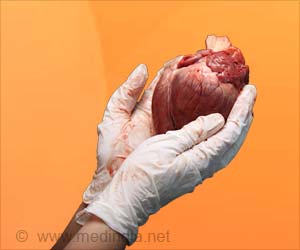Scientists said on Sunday they had exposed key workings of a deadly superbug that has become one of the biggest nightmares for hospitals today, opening up paths for new drugs or vaccines
Superbugs are known to have terrorised several hospitals; turning bacteria into their worst nightmares! Now, scientists said on Sunday that they had unearthed key workings of a deadly superbug which may facilitate the creation of new drugs and vaccines to combat the peril.
Clostridium difficile ranks alongside Methicillin-resistant Staphylococcus aureus (MRSA) as a hospital threat, inflicting a rising toll each year as it spreads insidiously through health facilities.Known as "C-diff," the bug comprises a bacterium that comes in a spore, or a hardy shell-like jacket. It naturally colonises the gut, but is not a problem for people who are healthy as it is kept in check by other intestinal bacteria.
But when antibiotics are used to treat someone who is sick, the drugs can wipe out the "good" bacteria, which leaves C. difficile to multiply uncontrolled.
As the germ reproduces, it releases toxins that cause severe diarrhoea, sometimes fatally, and colitis that can need surgical removal of the colon.
In a study published in the journal Nature, microbiologists in the United States reported that they had identified which of the two toxins released by C-diff does the big damage.
"For 20 years, we have been focusing on Toxin A. But it turns out the real culprit is Toxin B," said researcher Dale Gerding of Loyola University in Chicago.
Advertisement
"It completely flips our whole concept of what the important toxin is with the disease."
Advertisement
Separately, scientists at Imperial College London have used X-ray crystallography to produce the first high-resolution images of the germ's protective jacket.
The work, published in the latest issue of the journal Molecular Microbiology, is important because it opens up a theoretical path for drugs that crack open the shield, disabling the bacterium inside.
C-diff is resistant to many types of antibiotics and can bounce back in a patient who has fallen sick with the germ. In addition, the jacket makes it easily transportable on surfaces and hands.
It causes about half a million cases of sickness, and between 15,000 and 20,000 deaths, in the United States each year, the Loyola University press release said.
Source-AFP
TAN









